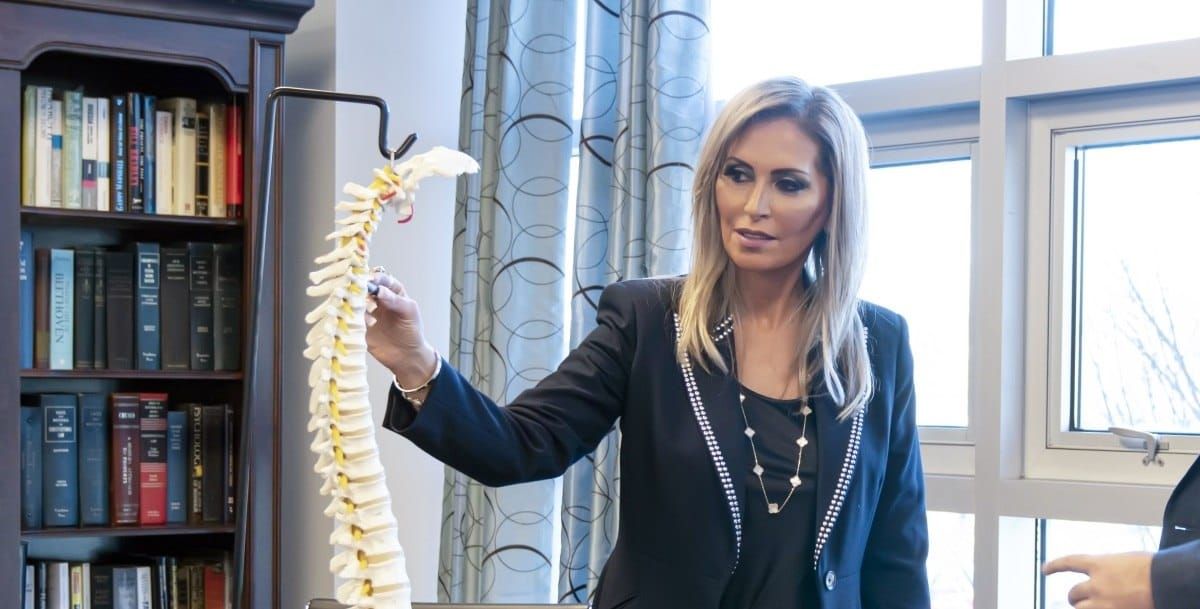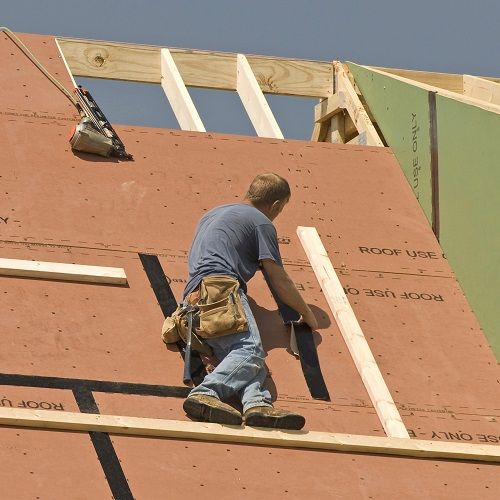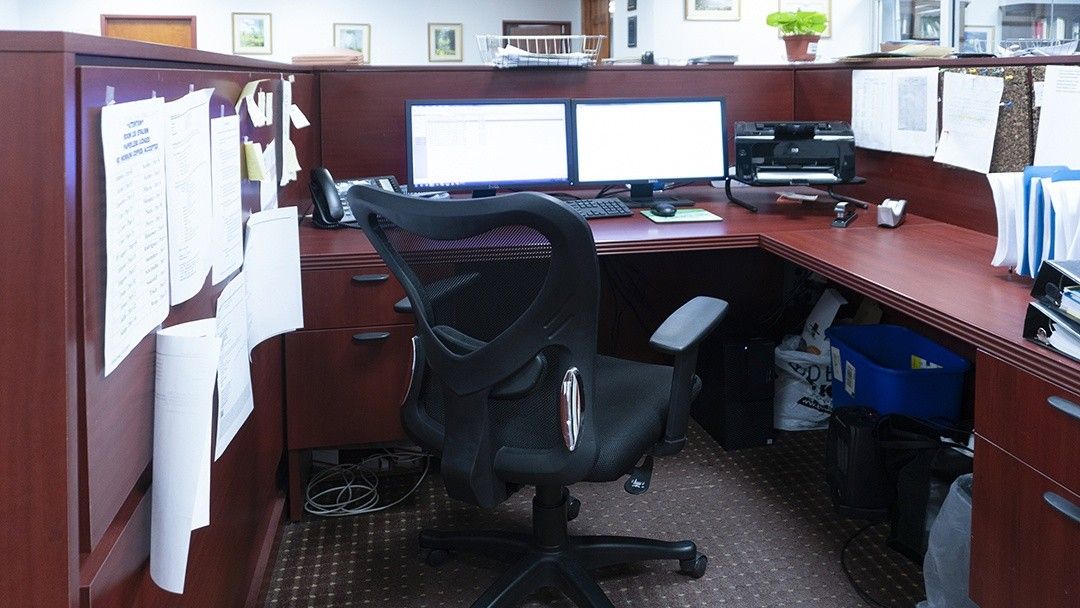Slip-and-Fall Accident Liability Claims Require Strong Evidence
Slip-and-fall accidents carry heavy burden of proof
The sheer number of people in New York, coupled with numerous businesses and weather extremes, make it a prime location for accidents that involve slipping and falling. Anyone who has had a slip-and-fall accident on the property of another person or business could have a viable legal case, but only after proving fault.
Proving that another person or business entity is liable for injuries sustained in a fall can be difficult. The first question to ask is whether or not the fall could have been prevented by actions of the property owner. It is important to note if there are safety measures in place to prevent falls in some situations, such as grates to allow water drainage. Some courts also consider whether the cause of the fall could have been avoided easily or if it was reasonable due to the season or weather conditions.
Many cases are built upon a property owner’s negligence to provide safe conditions for visitors. This can include the owner putting out warnings for wet or slippery conditions or picking up loose tools, merchandise, and materials and putting them away securely. Proving liability is the next step in a viable case, which means proving the dangerous conditions was or should have been known about but ignored by the owner or an employee. The injured party, in many cases, must also prove that he or she was not careless, distracted, or otherwise lacked caution in avoiding a potential obstacle.
The hours and days following an accident on another person’s property can be crucial to building a legal case against the owner. However, the legal pitfalls involved in proving slip-and-fall accidents are numerous, which makes this type of case particularly difficult. An experienced attorney can assist an injured client in building such a case.
Source: FindLaw, “Proving Fault in Slip and Fall Accidents“, September 23, 2014




